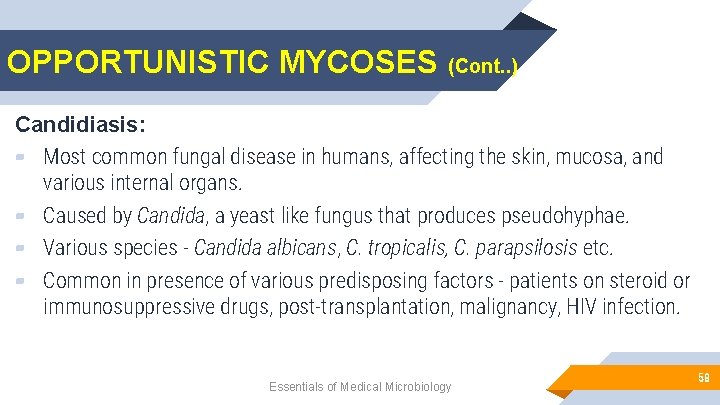
Mycosis fungoides, also known as Mycosis Fungus or Mycosis Vulgaris is a rare type of skin disease that can affect both men and women. It is an infection caused by a fungus that is usually found growing on dead skin cells.
Mysocosis Fungi is the most commonly found type of a disease called a type of skin cancer known as cutaneous T-cell lymphoma. Cutaneous T cell lymphomas usually occur when certain T cell subtypes become cancerous; those subtypes are white blood cells (T cells), usually referred to as helper cells. These helper cells are needed by our bodies in order to kill other foreign organisms that can cause infection. The most common type of cancer that is associated with these T cell subtypes is mycosis.
Mysocosis fungal infection starts when mycosis causes the mycosis fungus to overgrow and start producing a certain type of myocytes, which are white blood cell produced by the body in response to infection. When the myocytes are produced in large numbers they are harmful to the normal cells in the body. The growth and production of myocytes results in the thickening and shrinking of the capillaries. In addition to this the myocytes start invading the body's blood vessels causing inflammation in the surrounding tissues.
Mysocosis fungal infection is a very serious disease and if not treated, it can spread to other areas of the body. If mycosis fungoides infection is not treated in time, it can affect the central nervous system of the patient, result in seizures, permanent brain damage, kidney failure and even death.
Mysocosis fungal infections are generally treated with antibiotics and steroids. These antibiotics can be administered orally or through injection. Steroids however must be used in high doses in order to achieve the desired results; oral use of steroids can also cause significant side effects including bone marrow suppression and liver failure.
Mysocosis fungi also grow better in damp and warm areas of the body, like bathrooms, showers, and baths; these areas have the perfect conditions for growth. Also, people who are suffering from chronic sinusitis should take note that infection with mysocosis can spread faster in moist conditions. This is because during contact with water the body becomes humid, which can facilitate the growth of mycosis.
Mysocosis fungal infections often start as minor fungal infections, but in time can start to spread to other parts of the body resulting to more complications
There are several symptoms of mysocosis, some of which are a red, warm and itchy rash, pain during urination, fever and swelling in the affected area of the body. There may be fever, chills, dizziness, nausea, vomiting, nausea, stomach ache and abdominal pain.
There are several ways that healthcare professionals can identify this condition, such as crusting on the affected skin that will soon disappear after a few days, the color of the rash changing from red to gray and finally to whitish brown. … In some cases, the rash or crust is thin and transparent; If you notice this change, it is important to consult your doctor.
There are many myths about mysocosis, some say it is caused by poor hygiene while others say it is caused by poor diet. Therefore, it is important to properly care for your body, wash and dry your skin at least once a day. Also, be sure to use an antifungal lotion or skin cream after washing. When using antifungal lotions, it is important to use only recommended lotions containing miconazole, terbinafine, and ketoconazole.
A good antifungal lotion for athlete's foot is Diflucan (also known as Diflucan for women). A cream containing these ingredients can be applied directly to the affected area where a rash or scab develops.
With early diagnosis of fungal mycosis, the chances of a cure are higher. However, in most cases, patients may need to take antifungal medications until the infection is completely cured. Fungal mysocosis infections are generally resistant to over-the-counter medications, which can be obtained without a prescription.
Mysocosis fungoides infections are treated in the hospital with the right type of medication provided that the patient does not have a history of infection, has never had surgery or taken antibiotics or any other medicine with an anti-fungal component and the doctor suspects that the condition is not due to an underlying infection. Once these conditions are present, your doctor may prescribe oral or injection antibiotics.
Leave a Reply